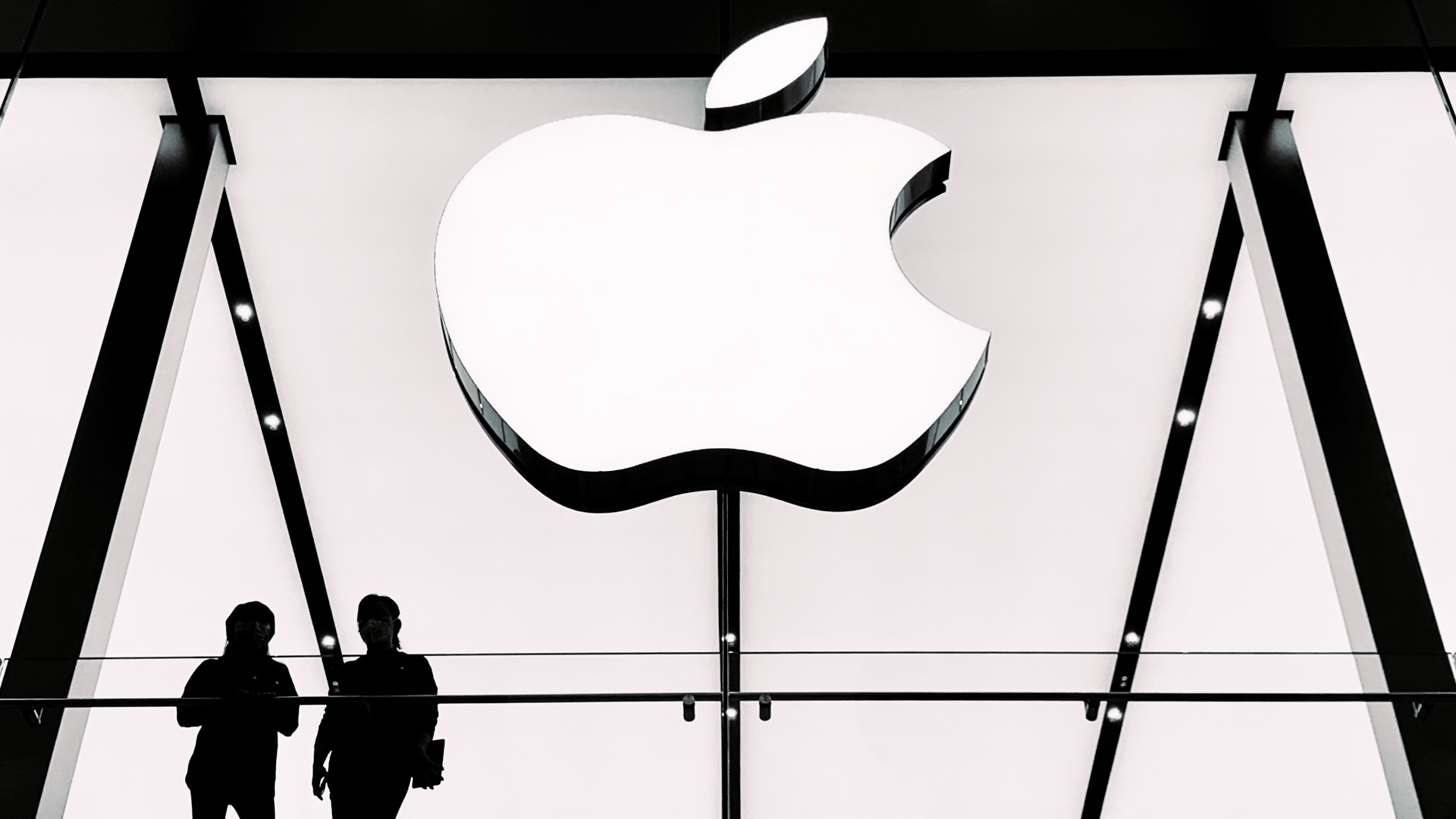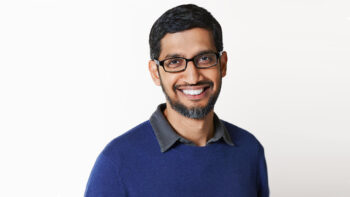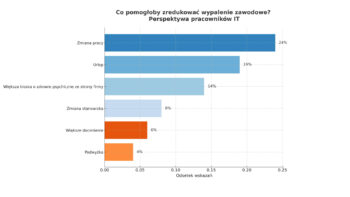The Finnish tech giant is officially admitting what the market has been suggesting for quarters: the era of endless spending by telecoms operators is over. New CEO Justin Hotard is cutting the company in half to chase hyper-scalers’ money and save margins.
At Wednesday’s Capital Markets Day in New York, Nokia unveiled its most radical overhaul since selling its phone division to Microsoft a decade ago. The plan, which will come into effect in 2026, involves splitting the conglomerate into two independent organisations: “Network Infrastructure” (Network Infrastructure) and “Mobile Infrastructure” (Mobile Networks).
The move is a clear signal of where management sees the future. While the mobile division is set to remain a ‘milking cow’ serving traditional telcos, the new infrastructure unit is set to become a growth engine driven by AI and data centres.
The decision to restructure follows brutal maths. Justin Hotard, who took the helm at Nokia on a mission to reverse the downward trend, left no illusions about the health of the 5G market. “The major hyperscalers are now investing more each quarter than the leading telecoms operators do in an entire year,” – Hotard scored, pointing to the changing of the guard in the customer portfolio. Already, nine out of the top 10 cloud providers are using the Finns’ technology.
The strategy has gained a powerful ally. Nvidia, the undisputed king of the current AI boom, has invested $1 billion, taking a 2.9% stake in Nokia. This vote of confidence – and the earlier acquisition of Infinera (an optical networking specialist) – is expected to position Nokia as a key supplier of the ‘backbone’ for AI training server farms.
Hotard’s plan is to increase comparable operating profit to between €2.7 billion and €3.2 billion by 2028 (a jump of nearly 60% on last year). The company also intends to cut costs drastically, reducing group operating expenses from €350 million to €150 million. An additional pillar is to be a new defence incubation unit, targeting government contracts from NATO countries.
Nevertheless, Wall Street and European stock markets reacted coolly. Nokia shares fell 6%, which analysts explain as ‘promise fatigue’. Paolo Pescatore of PP Foresight notes that while the direction is right, the market is worried about the cost of transformation and the uncertain return on AI investments. Investors were hoping for instant fireworks, meanwhile Nokia is offering them a long march through the construction site.
For Nokia, it is a runaway success. But if demand for AI infrastructure slows down, the company will be left with expensive optical assets and a shrinking telecoms market that no one wants to fund anymore.












